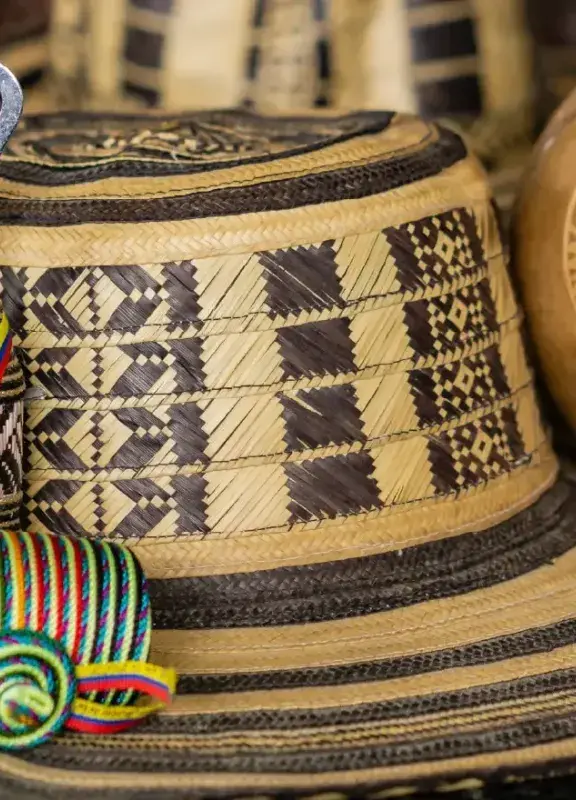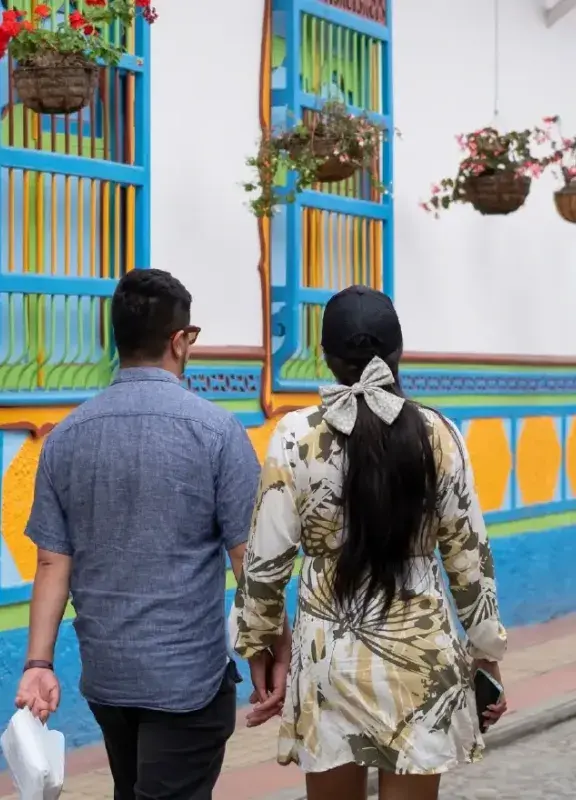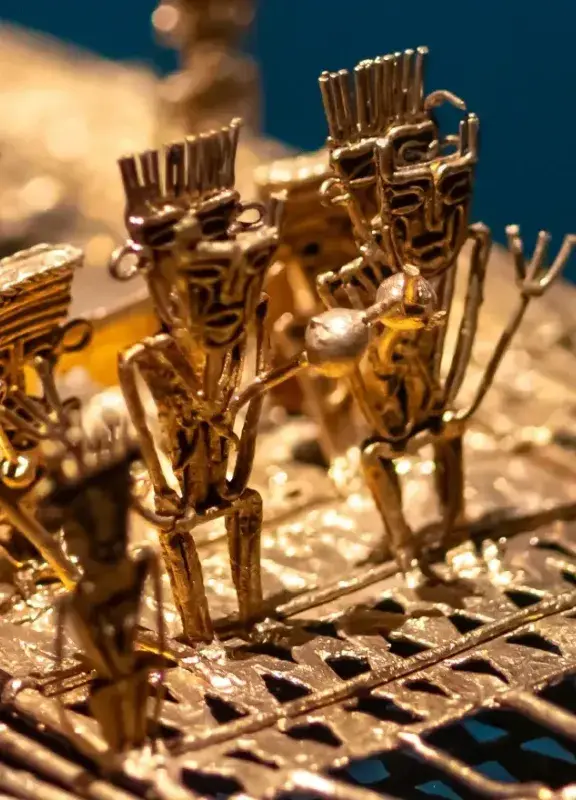Discover the variety of Colombian arepas!
If we talk about renowned Colombian food, arepas are a must, because they are a food as varied as the biodiversity of the country of beauty. Discover the types of Colombian arepas and where they come from!
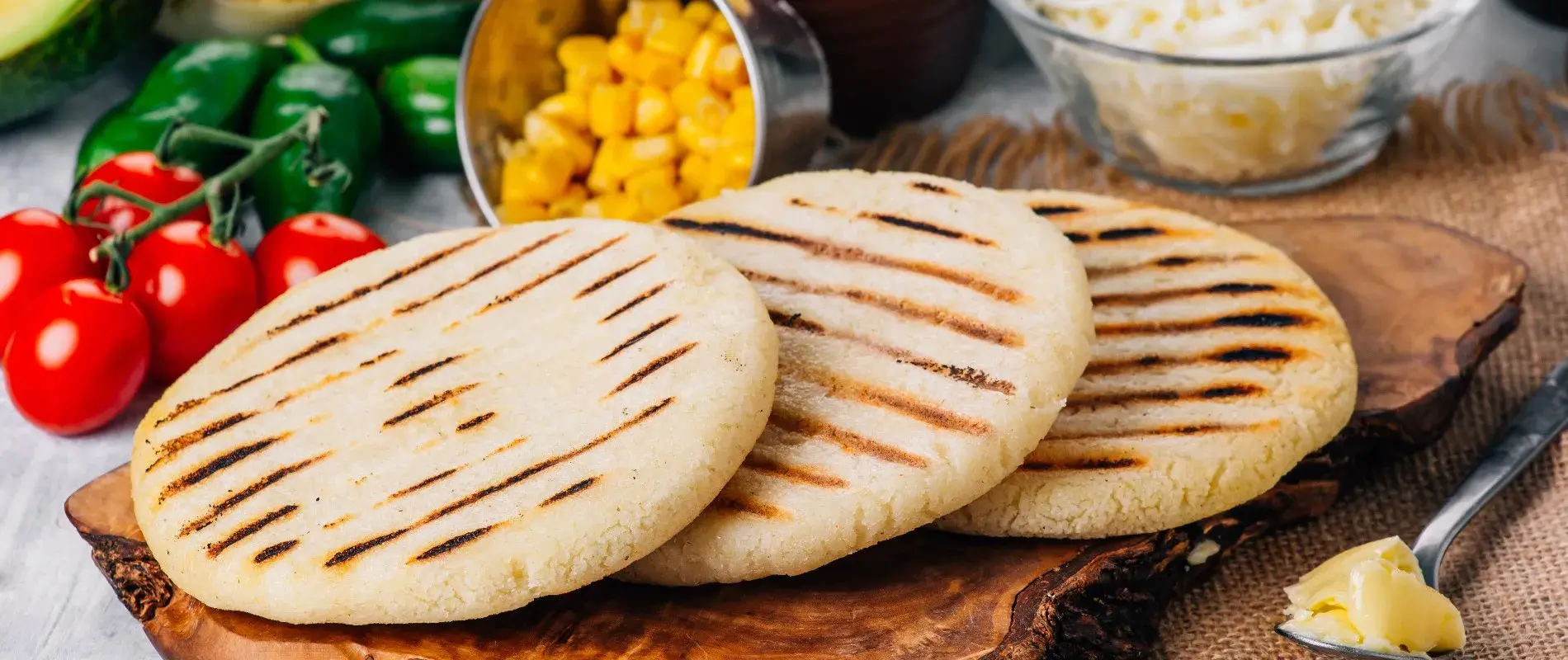
Colombian arepas are made with dough or pre-cooked corn flour and are a culinary tradition of the country of beauty. For their preparation, they are cooked on a grill or pan until they are crispy on the outside and soft on the inside.
Arepas are a common side dish that is usually never missing from the tables of Colombian households. They win over the palate and the heart of those who try them due to their incredible variety: sweet, salty, fried, plain, and even stuffed.
A journey through their history
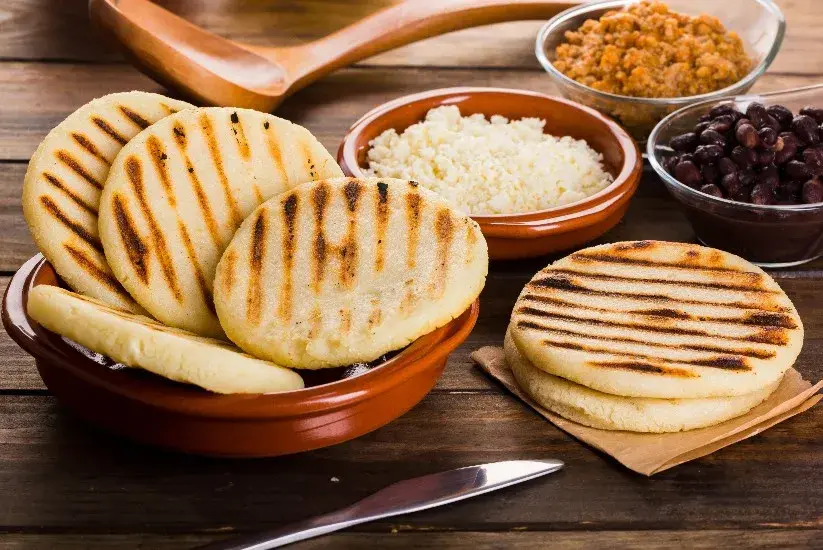
When we talk about the history of arepas, it dates back to the Spanish conquest during the pre-Columbian era, when different indigenous groups cultivated corn and prepared various dishes with it. It was a very important practice, as corn was considered a gift from the gods.
Moreover, arepas are so diverse that in the country of beauty there are more than 40 types, each with a unique feature that makes them special and delicious. That's why we present some of them here.
Arepa de huevo
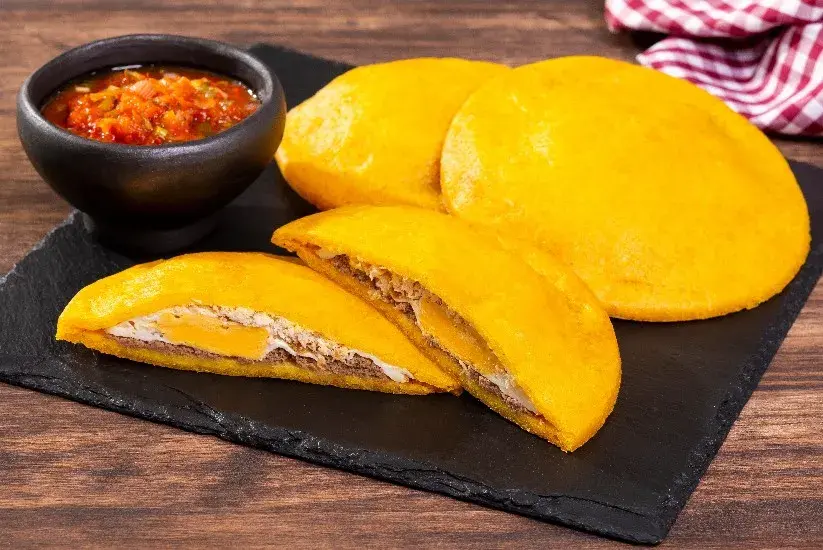
This preparation represents the authenticity of the Gran Caribe colombiano and originated in Luruaco, a town in the department of Atlántico.
Regarding its preparation, it is made from crispy yellow corn dough and filled with an egg, then deep-fried in hot oil. Without a doubt, this arepa stands out for its versatility since people can eat it for breakfast or even dinner. Any time is a good time to enjoy this delight!
Furthermore, it is important to highlight that this native food supports several families in the region, who sell this dish as a typical breakfast every morning. Every day, hundreds of people and tourists approach the street stalls to taste it.
Arepa de chócolo
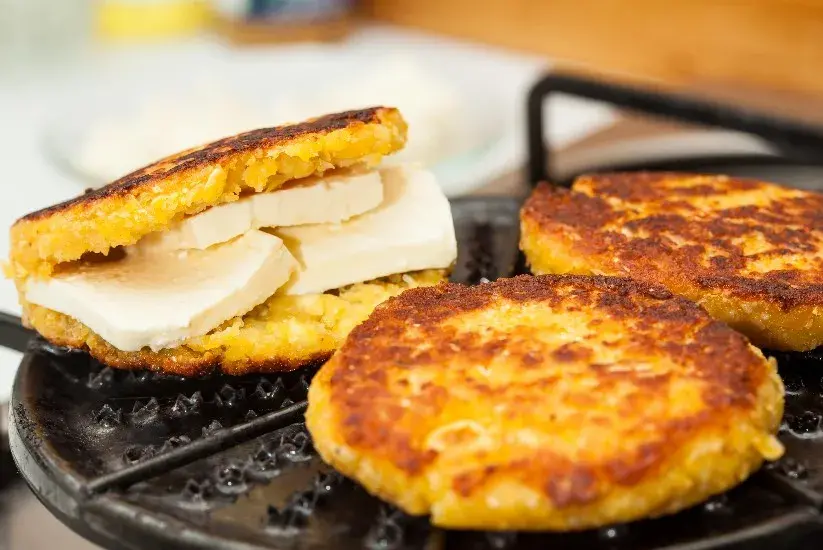
If you're looking for a traditional recipe from Valle del Cauca where corn is the star ingredient, the arepa de chócolo is the ideal choice. This preparation is made with sweet and tender corn, which, when mixed with melted butter and eggs, forms a dough that is cooked in small batches on a hot pan.
Some preparations of arepa de chócolo involve cutting the corn cake and adding cheese, similar to a sandwich. Other times, different types of cheese such as cuajada, mozzarella, or fresh cheese are used as fillings. This delicious preparation can be part of breakfast or served with hot chocolate in the afternoon.
Arepa boyacense
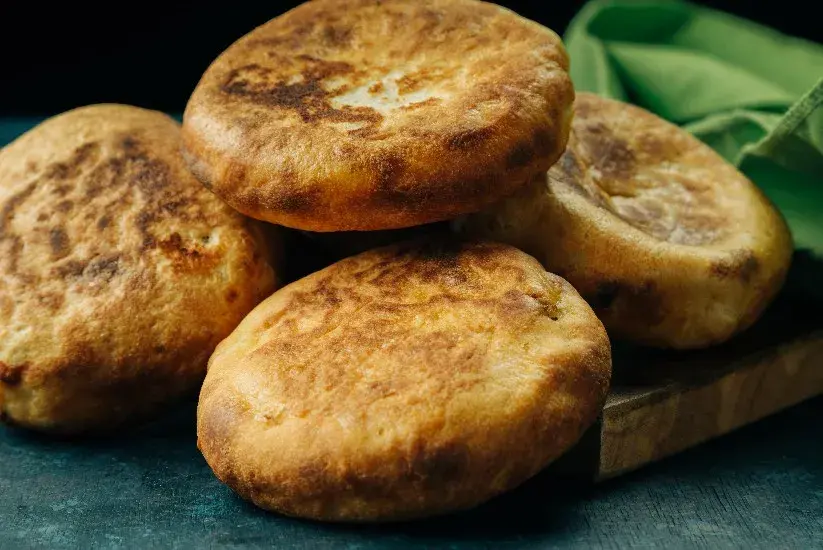
The origin of the arepa boyacense dates back to the municipality of Ventaquemada, Boyacá, two hours from Bogotá. This recipe was traditionally made by farmers using the corn they cultivated, and today it remains a preferred option for many.
The arepa boyacense is filled with cuajada or campesino cheese and is slightly sweet, crispy on the outside, and soft on the inside. Peeled corn is used for its preparation, and it can be cooked on a hot griddle, in a pan, or in a wood-fired oven.
Definitely, its flavor is unmatched, and it is commonly served as part of breakfast or as a tasty snack during the day.
Arepa paisa
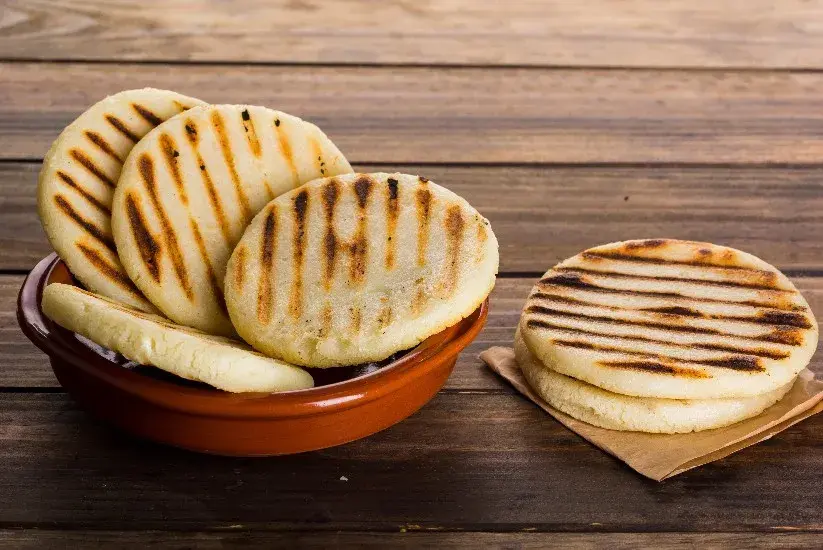
The arepa paisa is originally from Antioquia and is versatile when it comes to adding ingredients. This type of arepa is white and its dough is made purely from corn. For this reason, it’s perfect to mix with almost any topping such as meat, chicken, pork cracklings, avocado, fresh cheese, or even hogao (a tomato and onion sauce with spices).
Additionally, they can be stuffed and grilled over charcoal to maintain their characteristic flavor. It’s also a staple accompaniment for breakfast in the region and, like other arepas, can be enjoyed with any meal throughout the day.
Arepa santandereana
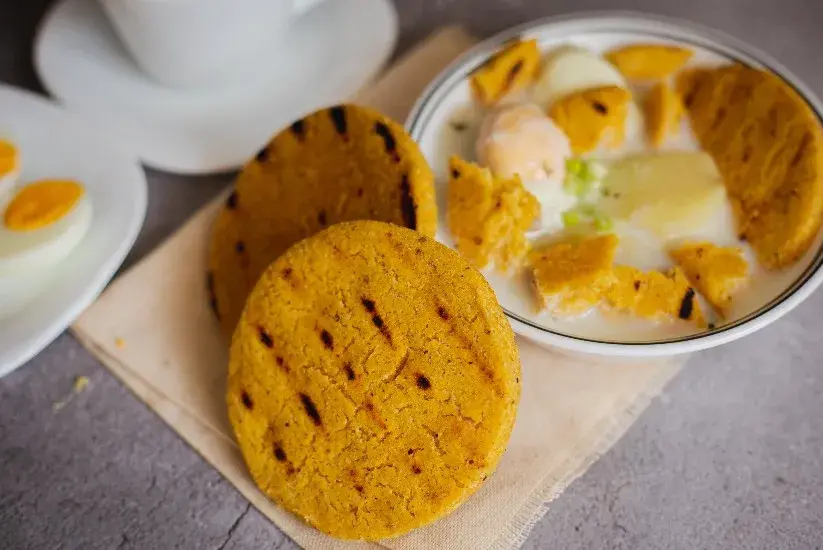
The arepa santandereana is the perfect combination of cassava, peeled corn, and pork cracklings. It is thin, grilled, and very crispy. It is grilled on both sides over medium heat, becoming the perfect companion to scrambled eggs, soups, or beef.
They are often served with grated cheese, costeño or campesino, and can be enjoyed with other fillings like meat, shredded chicken, avocado, or even stew. In short, it’s a Colombian culinary delight that is part of Santander’s identity.
Undoubtedly, the country of beauty is so diverse that you can enjoy different types of arepas at any time of the day and in any region. Which one do you prefer?
Related articles
 Welcome, you are in
Welcome, you are in 









